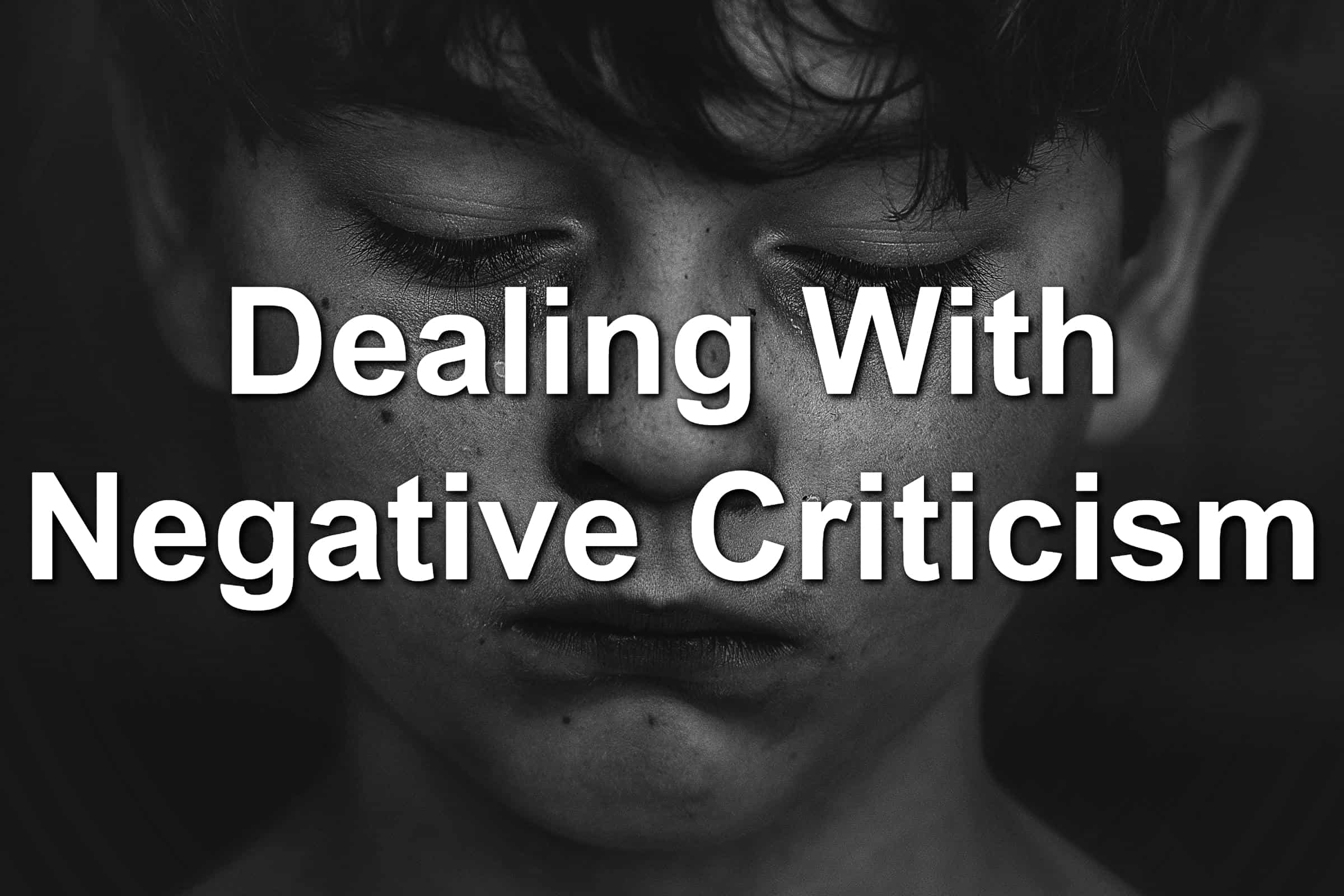In December, I released my book, Reel Leadership. It was a continuation of the work I’ve done on the blog. Since the Reel Leadership articles tend to receive the most feedback and visits, I wanted to create a fantastic book that people would love.
For the most part, the feedback has been positive. People have enjoyed reading the stories of other leaders, movie professionals, and everyday Joes.
Then, the critics come…
And another…
And one more…
The criticism hurts. You don’t want to hear what you did wrong. You want to hear what you did right.
Despite this, I am learning how to embrace negative criticism.
I don’t want to be so hardened or proud of myself that I can’t take criticism. I want, instead, for criticism to be a starting point for a conversation, whether that’s in my mind or with the individual.
I’m beginning to look at criticism differently and I want you to as well.
Dealing With Negative Criticism
So… How do you deal with negative criticism? It’s not that you don’t. It’s that you DO deal with it by doing the following steps.
1. Listen to the criticism:
This will probably be the most painful part of the experience. Hearing there is something wrong with the work you’ve created, the job that you do, or how you act is painful. You cannot avoid the hurt unless you’re devoid of emotion.
I want you to genuinely listen to the criticism.
Hear what the person is saying. Listen to the words (not your emotions). Toss the words around in your mind.
This helps you to understand why the person said what they did. When you look at the criticism, you can begin to figure out what you can take away from the critique.
2. Filter out the garbage:
You’re going to get worthless criticisms. These could be a jealous person or someone who doesn’t know what they’re talking about. Filter these garbage criticisms out.
They’re not the ones you’re looking for. These are just spiteful, mean, or unworthy of consideration.
Take the garbage and throw it out.
3. Filter the good:
You’re going to also have to filter the good negative criticism. That sounds like an oxymoron, doesn’t it?
I don’t think it is.
After you’ve filtered out the garbage content, you can begin to filter the good criticism.
What I do is the following:
- Create buckets for the good
- Filter the criticism by topic (ie: Content, structure, value, etc)
- Dispose of the criticisms that don’t speak to you
- Layout a framework for improving the areas you learned about from the negativity
This gives you a way to begin looking at the criticisms with new eyes. You now have something you can work with rather than your emotions telling you that you suck.
4. Work on areas that need improvement:
You’ve now got a list of critiques that you could work on. This helps you to focus on areas of improvement you may have missed in your current work.
You are able to take what was negative and make it into a positive experience in the future. You may even reach out to these negative critics and ask them to review future work. This will make a critic into a friend.
There’s few things that hurt more than a negative review or words aimed at what you’ve created or done. However, without hearing that there are areas of improvement, you will never improve.
Take the good from the negative critiuqes. Form it into a plan. Then work your butt off to become even better.
You can do this. I believe in you.

